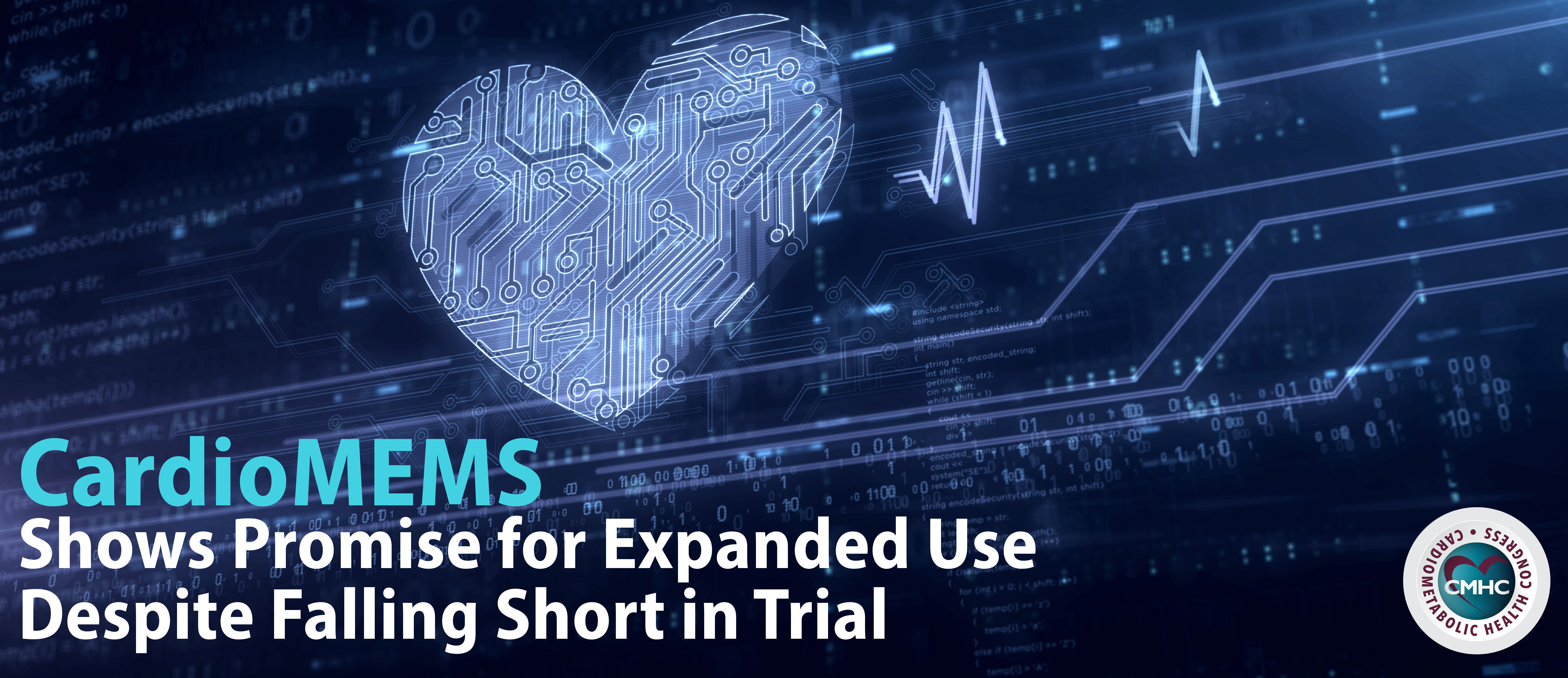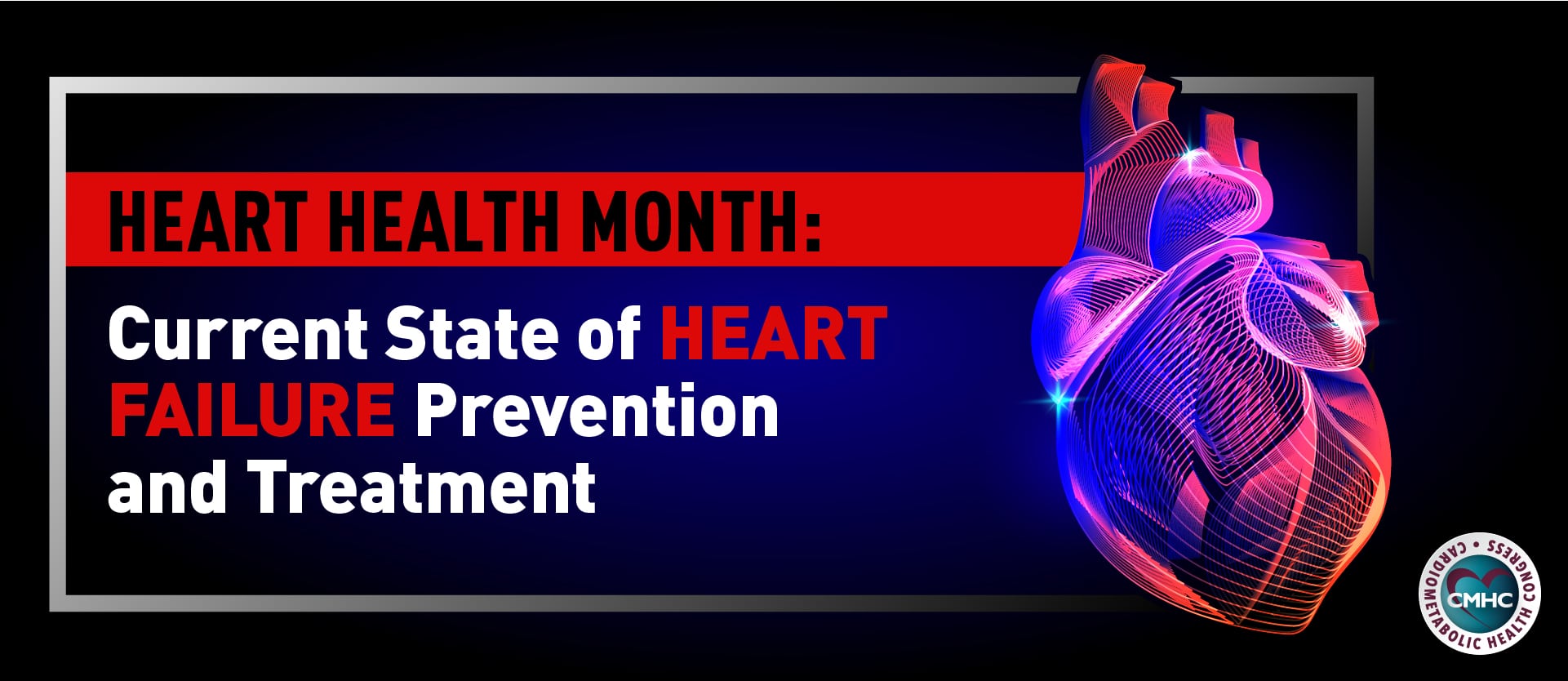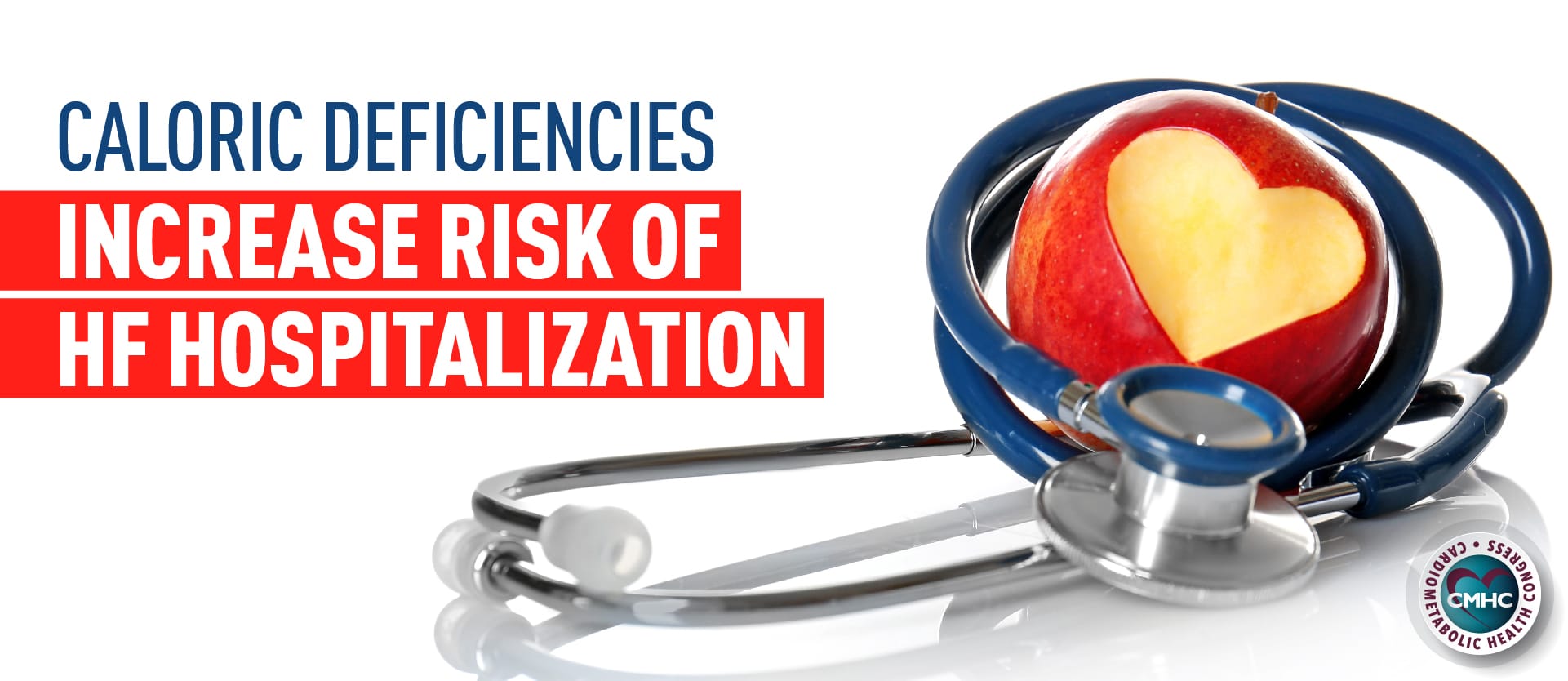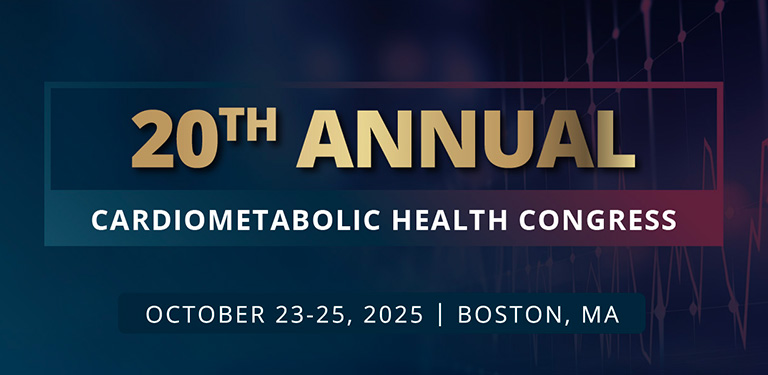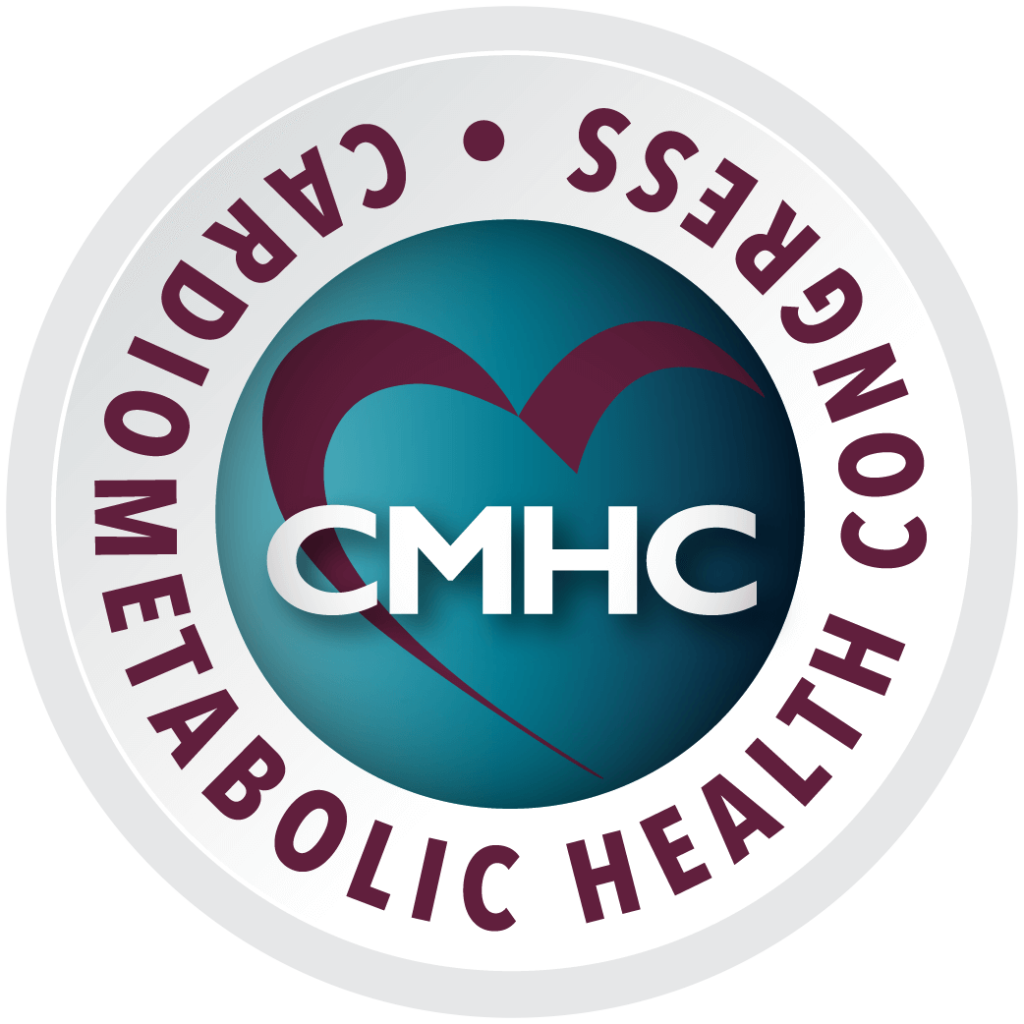We like to tie our blogs to current events and one very sad event was the loss of superstar Tom Petty last week. At the very young age of 66 a seemingly larger-than-life rockstar lost his life to one of the things we have dedicated our mission to here at CMHC.
Tom Petty’s death has aimed a spotlight on a heart condition that strikes suddenly and can kill in minutes. Cardiac arrests kill more than 300,000 Americans every year.
Have you ever used the term “heart attack” when describing a cardiac arrest? Or vice versa?
We are here to tell you that you are not alone. We know many of us have, and this is a blog article to try to help you learn and remember the difference.
Difference Between a CARDIAC Arrest and a Heart Attack. Wait…there is a difference?
A cardiac arrest is triggered by a heart malfunction which causes the heart to stop beating unexpectedly. When the heart stops its pumping action, blood flow to the rest of the body stops.
A heart attack occurs when there are blockages in blood vessels that nourish your heart so blood flow to the heart is blocked.
Dr. Steven Nissen, distinguished faculty member of ours at CMHC and chairman of cardiovascular medicine at Cleveland Clinic, explained in a CBS News interview that cardiac arrest “is really more of an electrical problem. A heart attack is more of a mechanical problem.”
Different Symptoms
You have probably heard about heart attack symptoms. They include:
• pain in the chest
• pain in any other areas of the upper body
• vomiting
• nausea
• cold sweats
• shortness of breath.
• Many people have even heard a pain in the left arm could be one of the “signs”.
Heart attack symptoms can happen suddenly, but it is very common for them to actually begin slowly and persist for hours and days, or sometimes, even weeks before an actual heart attack occurs!
Very differently than the above, cardiac arrest victims immediately become unresponsive and death occurs within minutes without treatment. Basically, to put it simply, no long-lasting or persistent symptoms.
It has actually been found that about half the time, cardiac arrest victims had early warning signs including palpitations, shortness of breath, intermittent chest pain and pressure, or ongoing flu-like symptoms such as nausea and abdominal/back pain. However, most of them, in fact 80%, were found to ignore the symptoms and not seek treatment.
Unfortunately, cardiac arrest is fatal approximately 90 percent of the time.
Are they even related? What comes first?
Try not to let this confuse you. The most common cause of a cardiac arrest is a heart attack.
However, the majority of heart attacks do NOT lead to cardiac arrests.
Also, there are MANY victims that go into cardiac arrest without having suffered a heart attack.
So, let’s make this clear, HEART ATTACK ——-MAY LEAD TO—– CARDIAC ARREST.
But the majority of heart attacks don’t and most cardiac arrests (70%) are caused by coronary heart disease risk factors.
Because BOTH heart attacks and cardiac arrests are related, they share the same risk factors – diabetes, high cholesterol, smoking, high blood pressure and family history.
All the things we warn you about in our other blogs.
Cardiac Arrest Victims
Cardiac arrest victims are “often people who have had previous damage to the heart due to disease of the heart muscle or due to previous coronary heart disease where the weakened heart is more susceptible to a rhythm disturbance that leads to a cardiac arrest,” Dr. Nissen said.
There is a chance to survive a cardiac arrest, but it comes only if a victim is treated within a few minutes. In a scary statement reported by a senior author in the Annals of Internal Medicine, this is a very limited few.
Dr. Sumeet Chugh, the medical director of the Heart Rhythm Center in the Cedars-Sinai Heart Institute shared, that “no matter how fast we get there, at the most, we save 10 percent of people who have a cardiac arrest. There is no condition known to man where you have the chance of dying within 10 minutes. This is what people don’t understand. As each minute goes by, there’s a 10 percent less chance of survival. If the paramedics get there in 10 minutes, you’re gone.”
WHAT TO DO…in case…
If you think that someone around you may be going into cardiac arrest, call 9-1-1 immediately and begin to perform CPR (or find somebody that knows how to). CPR can buy minutes for emergency responders to arrive and help resuscitate the victim.
Luckily, most crowded buildings now have Automated External Defibrillators available, so look for one. They are in airplanes, airports, train stations and even concert venues and stadiums. They are very easy to use and accessible.
Now that we explained the difference between the two, shared some scary stuff and armed you with what to do in case someone you care about may be suffering from any of the symptoms, we want to honor Tom Petty and wish there was a way we could have saved him along with all the rest of the victims that heart disease has affected in 2017. Keep reading our blogs about ways to prevent cardiovascular disease and lessen your risk factors for this terrible disease and if you are a physician or healthcare practitioner, check out our next CME event to learn how to save your patients!
For more about Dr. Nissen, visit his CMHC bio or check out his keynote lecture topic on our 2016 Annual CMHC agenda.



